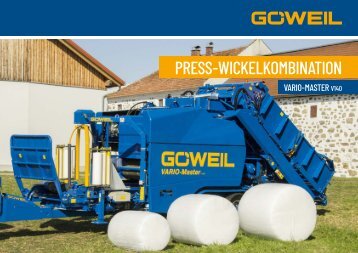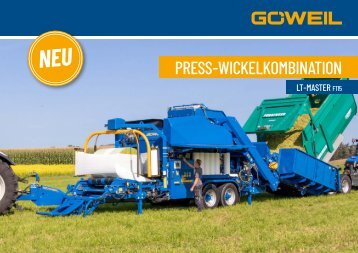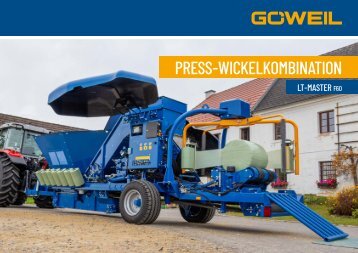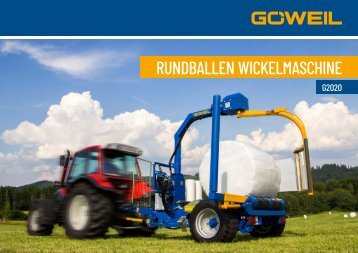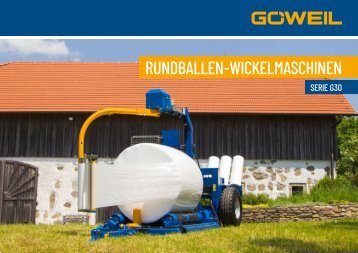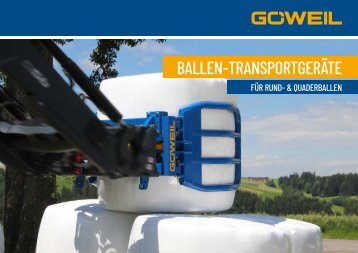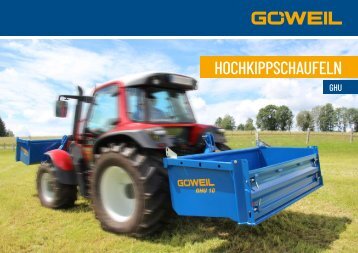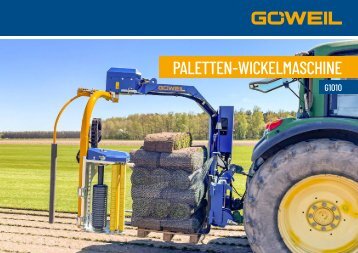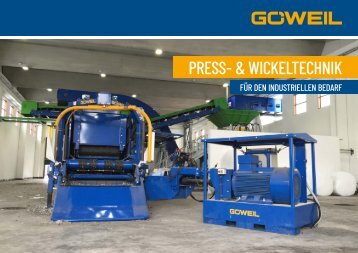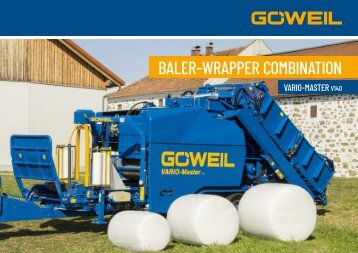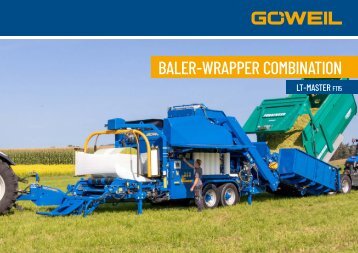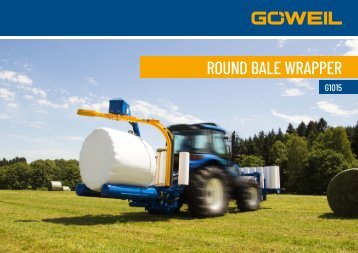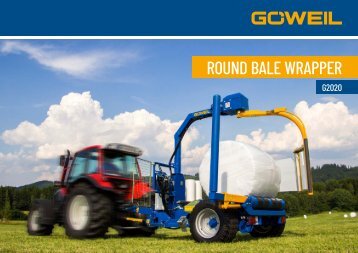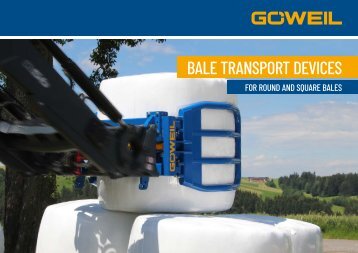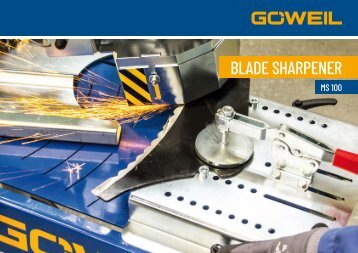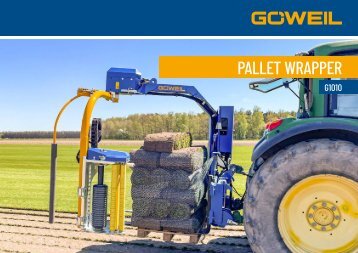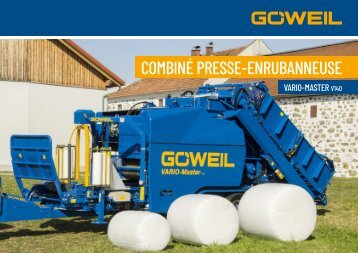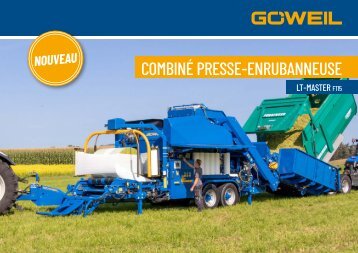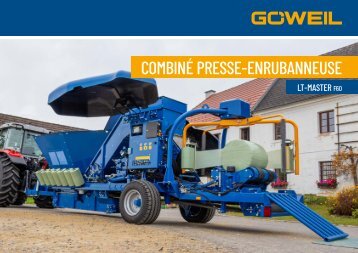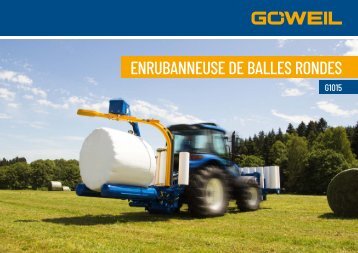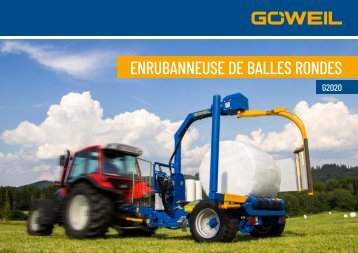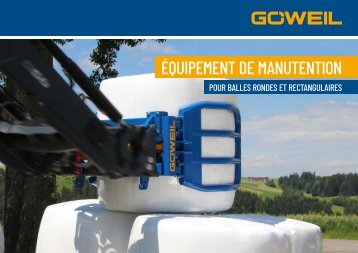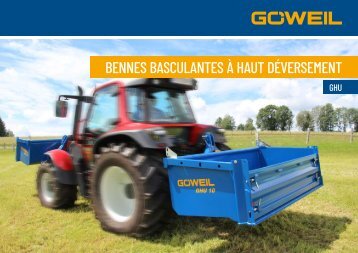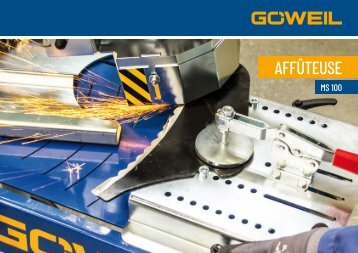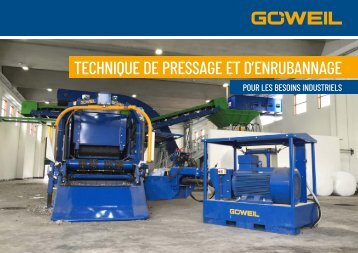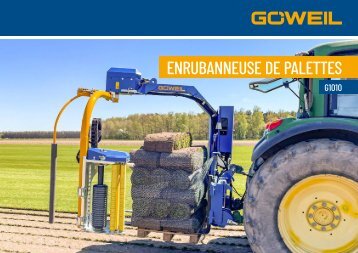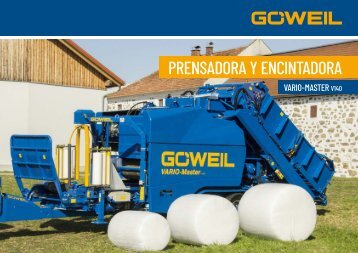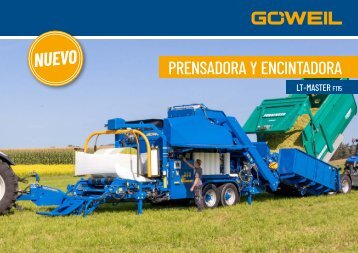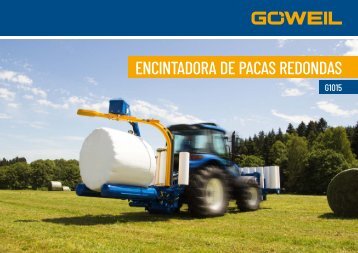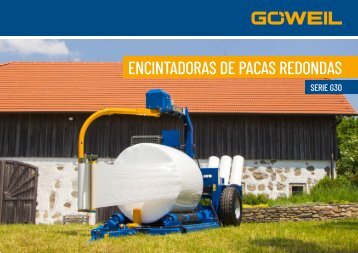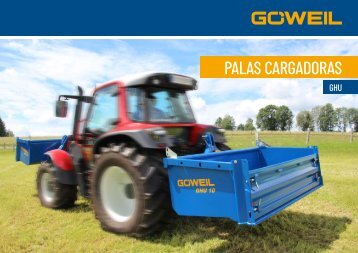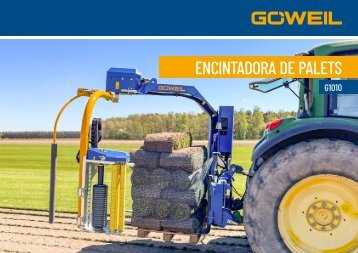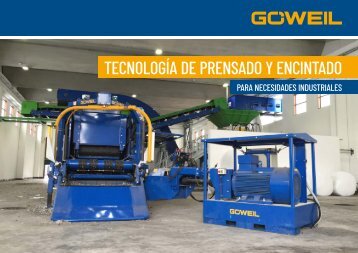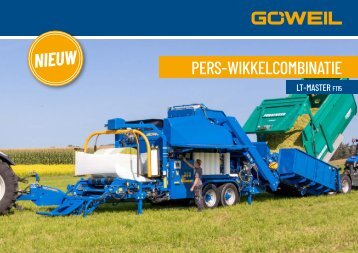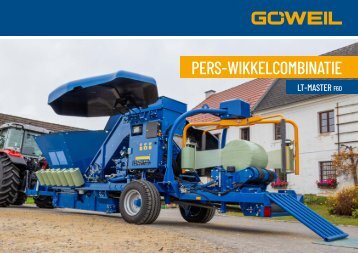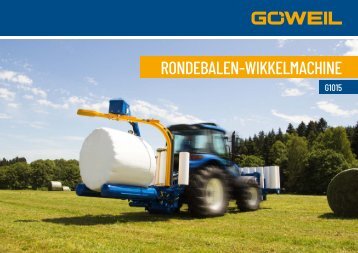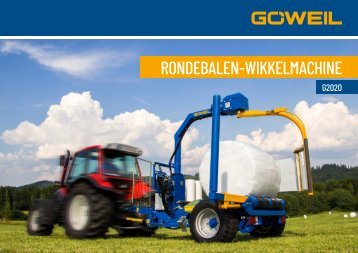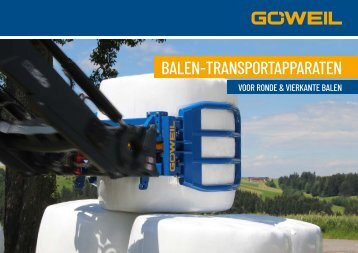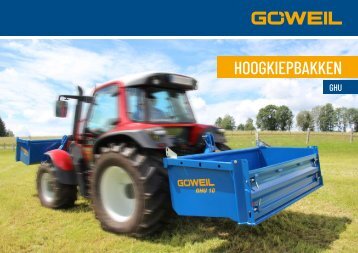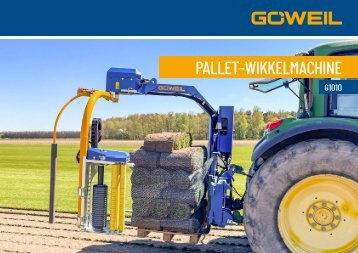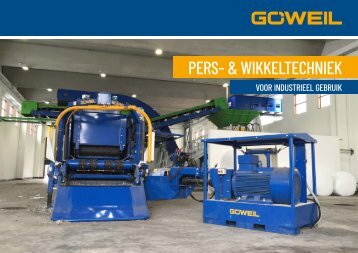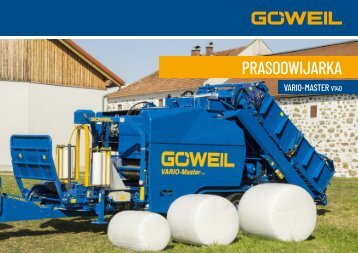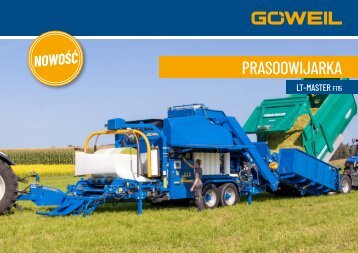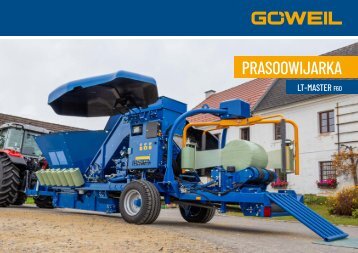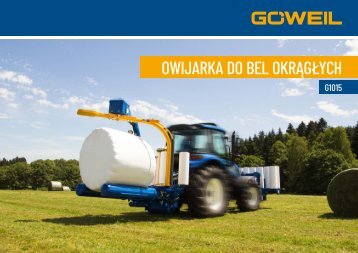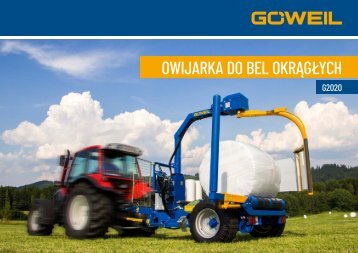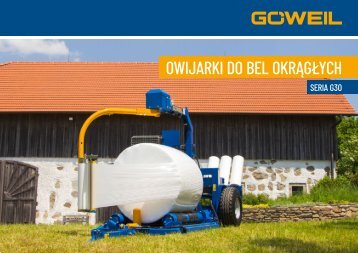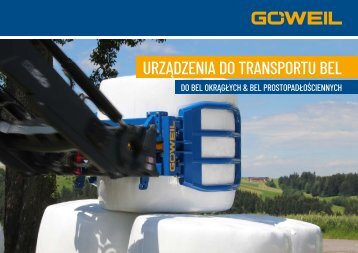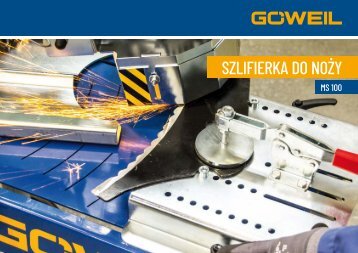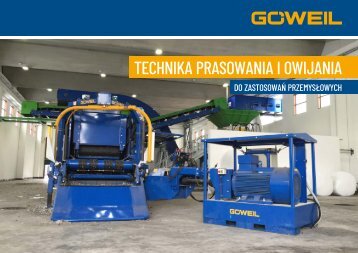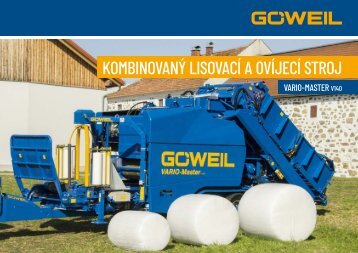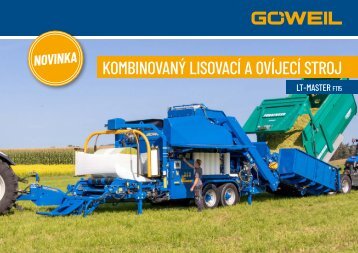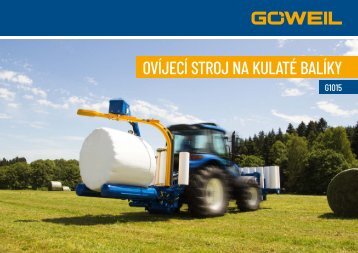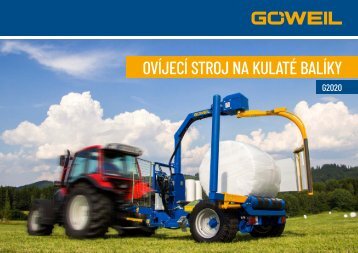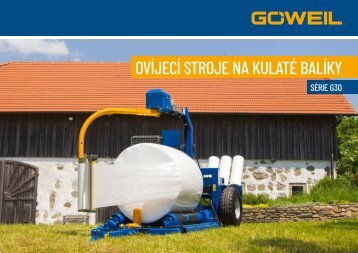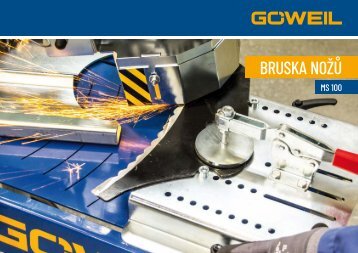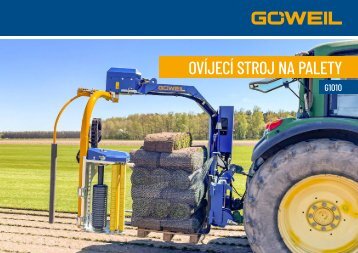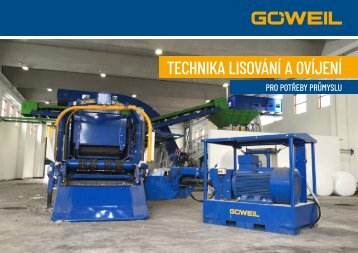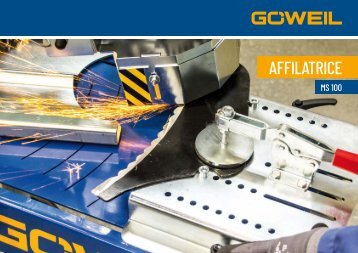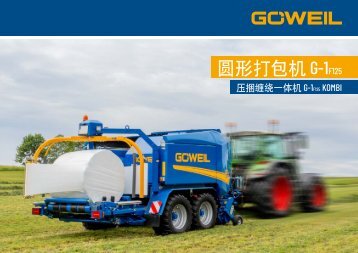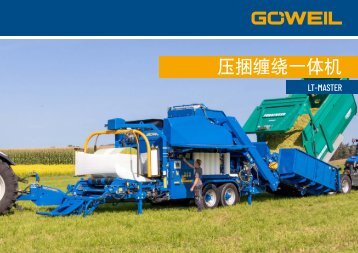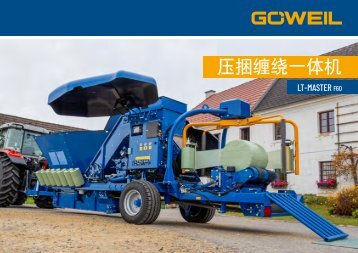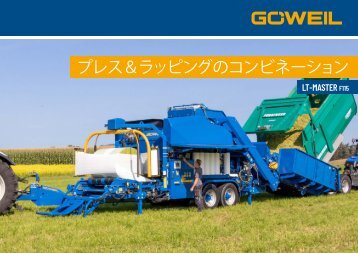EN | VARIO-Master V140 | Baler-Wrapper Combination | Goeweil
- Text
- Grainbaler
- Ccmbaler
- Alfalfabaler
- Maizebaler
- Hempbaler
- Silagebaler
- Cornsilagebaler
- Variableroundbaler
- Variablebalechamber
- Roundbales
- Roundbaler
- Baler
- Balerwrapper
- Balerwrappercombination
- Feeder
- Compression
- Bales
- Wrapping
- Silage
- Bale
The VARIO-Master is capable of turning a large number of materials including maize, CCM, alfalfa, sugar beet pulp, grain, mixed feed, hemp into perfectly shaped round bales. The variable bale chamber makes it possible to produce highly compacted bales with a diameter of 80 - 140 cm. The seamless work flow provides for maximum compression and quick exclusion of air.
VARIO-Master V140 SILAGING In principle, all green forages can be processed into silage. In addition to grass silage, corn silage is the most commonly used feed in dairy cattle farming. While alfalfa and clover silages are very rich in protein, corn silage boasts the highest energy content next to grass silage due to the starch. The exact silaging sequence is explained here: INFO SILAGING The chopped mass is wrapped completely airtight and stored. The residual sugar from the chopped material and deoxygenation give rise to the process of lactic acid fermentation. The silage acidifies, which makes it keep well. Silage is a high-quality and important feed for livestock in particular. If the silage is too wet or contains too much residual oxygen, it can lead to undesirably high levels of acetic or butyric fermentation. This renders the silage inedible for livestock and brings with it the risk of sickness caused by toxic excretory products. Efficient silaging with the VARIO-Master V140 baler-wrapper combination can eliminate multiple potential hazards: • Very high compression during the baling process means optimal keeping quality and the best-possible feed quality • Particularly fast air-tight seal through an optimized baling-wrapping process • Totally clean production process and therefore no feed impurities • No risk of secondary fermentation or subsequent warming 6
OPTIMAL FEED QUALITY Every farmer wants to provide their animals with the best-possible feed. Using silage offers a number of benefits and has become virtually indispensable to modern feeding. In order to achieve first-rate silage quality, several factors need to be considered. The high compression of the feed is top priority along with a rapid air-tight seal and a clean production process. This is all combined to optimal effect by the VARIO-Master V140. A study by The Agricultural Research and Education Center Raumberg-Gumpenstein clarifies the difference between the compression of corn silage for bunker silos and round bales: kg DM/m³ COMPRESSION OF CORN SILAGE INFO 250 239 239 Significant differences can be identified in the density of corn silage: A B 200 Bunker silo 148 kg DM/m³ (9 lbs DM/ft³) 120 kg DM/m³ (7.5 lbs DM/ft³) Round bales 239 kg DM/m³ (15 lbs DM/ft³) 239 kg DM/m³ (15 lbs DM/ft³) 150 148 Corn silage bales Standard Variable bale size Diameter 1.15 m (3’ 9”) 0.60 - 1.15 m (2’ - 3’ 9”) 100 120 Width 1.20 m (4’) 1.20 m (4’) Weight (at 29% DM) ~ 1,100 kg (880 kg/m³) (~ 2,400 lbs) ~ 300 - 1,100 kg (880 kg/m³) (~ 660 - 2,400 lbs) Volume 1.25 m³ (44 ft³) 0.35 - 1.25 m³ (12 - 44 ft³) 50 Round bales A Bunker silo A Round bales B Bunker silo B Corn silage "For silage round bales, microbial group 2 is strikingly low (bacteria associated with spoilage: bacillus, micrococcus, coagulase-negative species of staphylococcus - orientation value: 200) with values of 6.0 - 6.5 CFU/g. This can be attributed to particularly rapid anaerobic storage." Source: LFZ Raumberg-Gumpenstein - Pöllinger 2011 7
- Seite 1 und 2: BALER-WRAPPER COMBINATION VARIO-MAS
- Seite 3 und 4: OUR SOLUTIONS: BALER-WRAPPER COMBIN
- Seite 5: VARIO-Master V140 THE NEW VARIO-MAS
- Seite 9 und 10: 4 SUGAR BEETS 7 GRAIN WPS Compresse
- Seite 11 und 12: 2 BALER 3 WRAPPER FEEDER Hydraulica
- Seite 13 und 14: 1 2 IMAGE DESCRIPTION 1) Rapid repl
- Seite 15 und 16: 1 2 1 The material is deposited in
- Seite 17 und 18: 1 IMAGE DESCRIPTION 1) Combined dua
- Seite 19 und 20: 1 IMAGE DESCRIPTION 1) Bale deliver
- Seite 21 und 22: VARIO-Master V140 TECHNICAL DATA Ov
- Seite 23 und 24: VARIO-Master V140 SERVICE We'll be
Unangemessen
Laden...
Magazin per E-Mail verschicken
Laden...
Einbetten
Laden...



